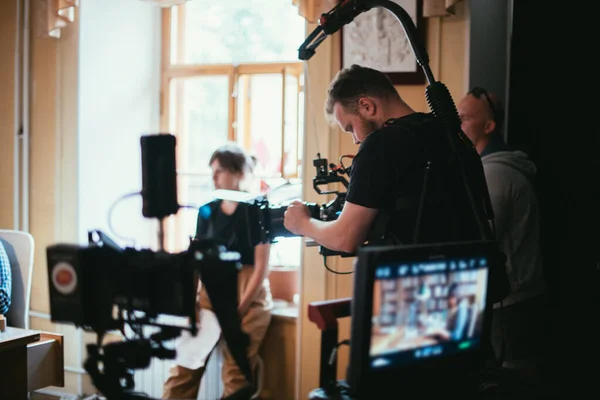
How can a woman turn from lover to mother in less than ten years on film? In Indian films, it occurs more often than one realizes, and it’s not merely an odd casting decision. It’s a manifestation of a deeper prejudice that keeps male heroes eternally young while females are made old overnight. The current hotbutton? Malayalam actress Swasika, 33, declining a role as Ram Charan, 40, mother in the high-budget film Peddi. Her professional but polite rejection has rekindled a debate that refuses to die.
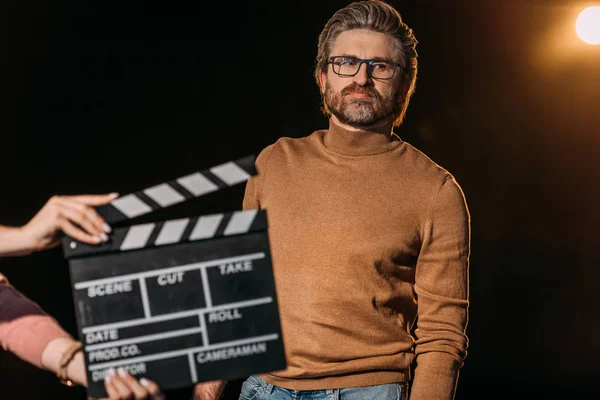
This is not just about one actress saying no. This is about decades of casting choices that have left audiences scratching their heads and putting women into mother roles years before men are asked to play dads. From Bollywood epics to Hollywood movies, the trend is eerily similar: men date younger women deep into their fifties and sixties, and women are relegated to ‘mom’ roles in their thirties.
The explanations for these decisions are interesting, infuriating, and occasionally ridiculous. Here’s a sampling of some of the most insightful and insightfully hilarious examples, and the larger picture of how ageism influences cinema globally.
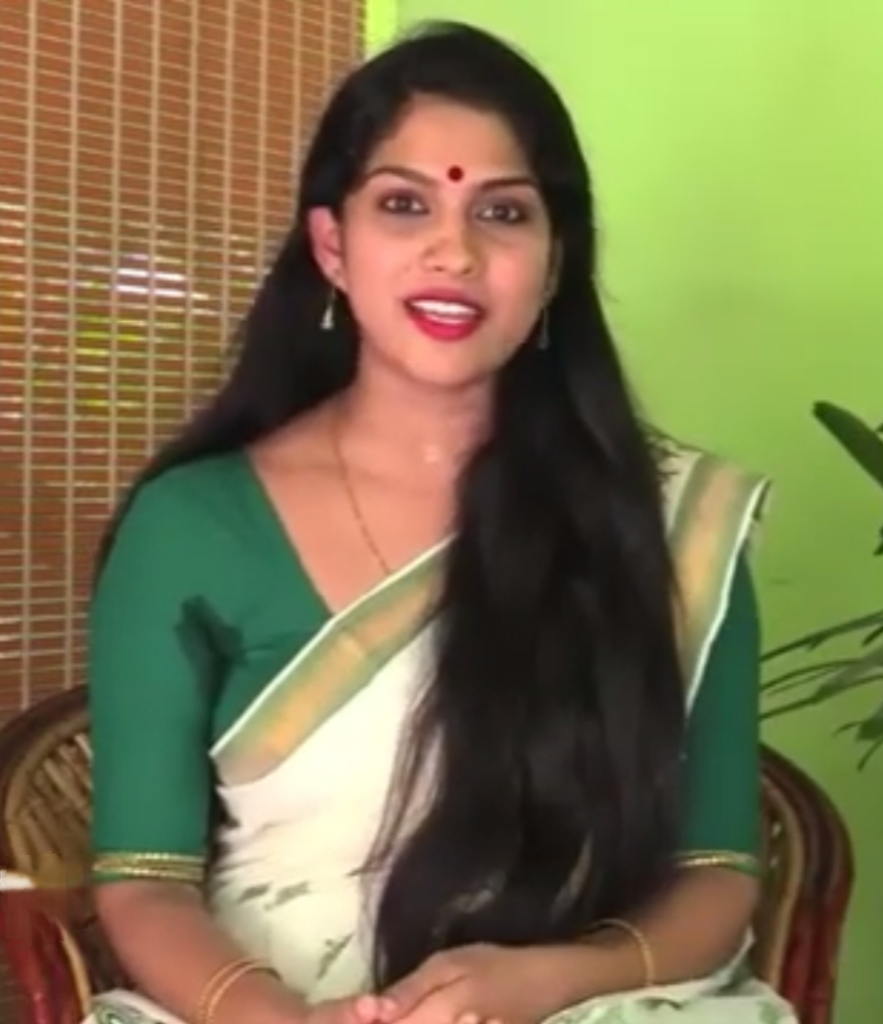
1. Swasika’s Stand Against Premature Mom Roles
When Swasika was approached to play Ram Charan’s mother in Peddi, she did not think twice before turning it down. Though the prestige and remuneration of a starring role beckoned, she made it amply clear she did not want to get typecast. Her decision is part of an increasing trend among actresses of taking back the control over their on-screen persona. By saying no now, she’s leaving the options open for age-suitable roles that will showcase her talent and not merely her capacity to portray a parent.
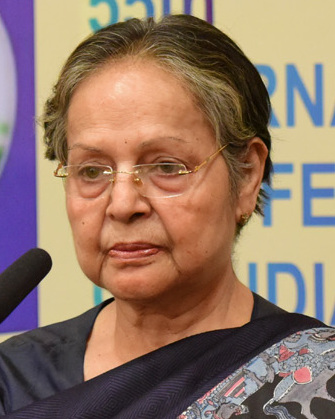
2. Rakhee’s Whiplash Role Change from Lover to Mother
Rakhee and Amitabh Bachchan set the screen ablaze in 1976 playing lover opposite in Kabhi Kabhie. Six years later, she played his mother in Shakti. The audience reaction was one of outrage and grudging respect Rakhee delivered gravity to the character, but the rapidity of the switch showcased Bollywood’s dismissive disregard for continuity when dealing with the age of women.
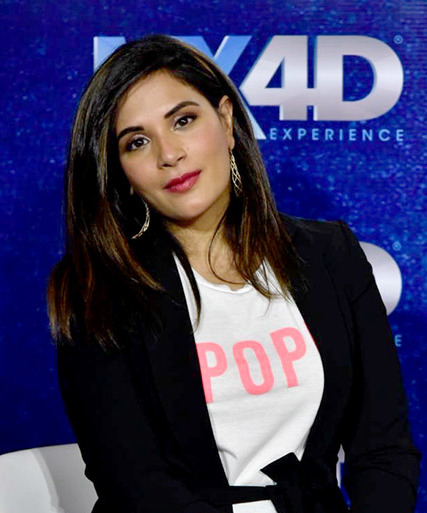
3. Bollywood’s Young Moms: A Long List
From Richa Chadha’s going mother to Nawazuddin Siddiqui in her twenties, to Shefali Shah going Akshay Kumar’s mom at 32, the list goes on. Nargis Dutt’s legendary Mother India act was at the tender age of 26. Even Supriya Karnik was just 26 when she took on a mother’s role in Yaadein. These decisions aren’t an exception they’re the trend that makes women age quicker than men on screen.
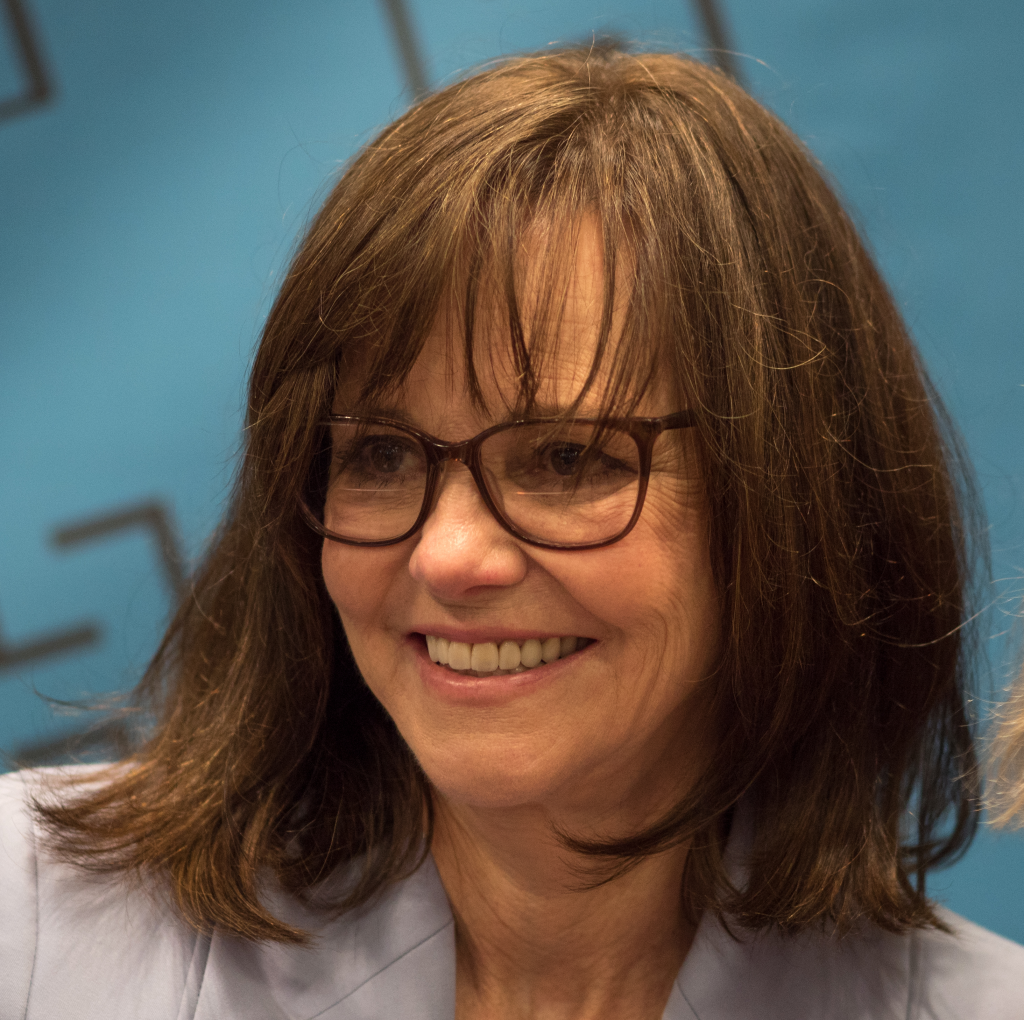
4. Hollywood’s Own Age-Bending Casts
India is not alone in this problem. In Forrest Gump, Sally Field was cast as Tom Hanks’s mother although she was just ten years older. Angelina Jolie was barely a year older than Colin Farrell when she appeared as his mother in Alexander. And in The Manchurian Candidate, Angela Lansbury was a mere two years older than her on-screen son. As Helen Mirren succinctly summed it up, “It’s really outrageous.”
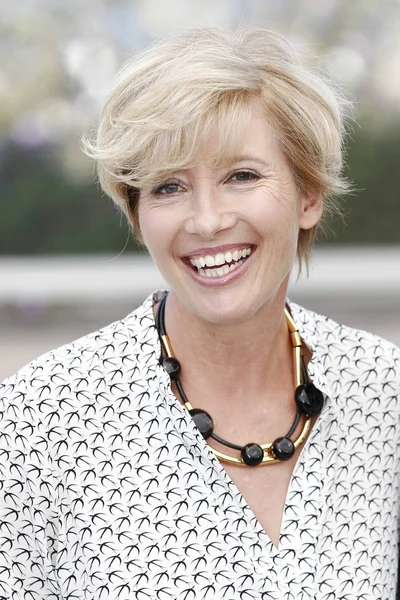
5. The Double Standard in Romantic Pairings
Emma Thompson has observed, though, that it’s “perfectly fine for George Clooney to have a screen romance with someone 30 years younger,” but the inverse is virtually unknown. In Indian cinema, Shah Rukh Khan, Salman Khan, and Akshay Kumar frequently co-star with women two decades younger, while older women with younger men are still the exceptions to the rule consider Tabu and Ishaan Khatter in A Suitable Boy.
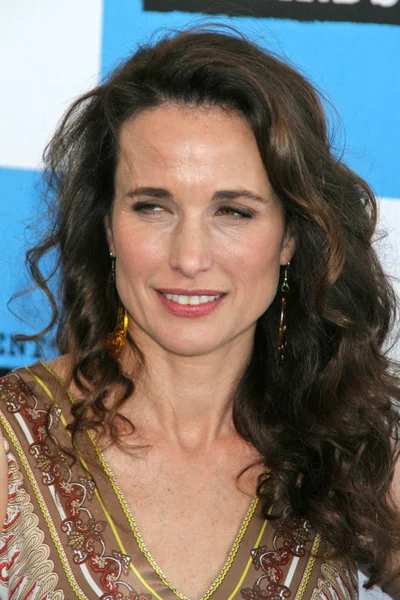
6. Actresses’ Real-Life Experience with Ageism
Hollywood actress Andie MacDowell remembered being questioned when she was 40 about how it felt not to be given work anymore. Meryl Streep revealed that at the same age, she received three witch offers in one year. These are experiences many Indian actresses go through: a dwindling number of roles after the age of 35, and all of them as mothers, grandmothers, or caricatures.

7. Why Audiences Should Care
Studies indicate that movies that succeed at the Bechdel Test two women who have a conversation about something other than a male are more successful at the box office. This indicates that viewers are starved for more substantial female presence. But the endurance of 10-year-and-more average age differences between the male and female romantic leads continues to reaffirm outdated perceptions of women’s value and attractiveness.
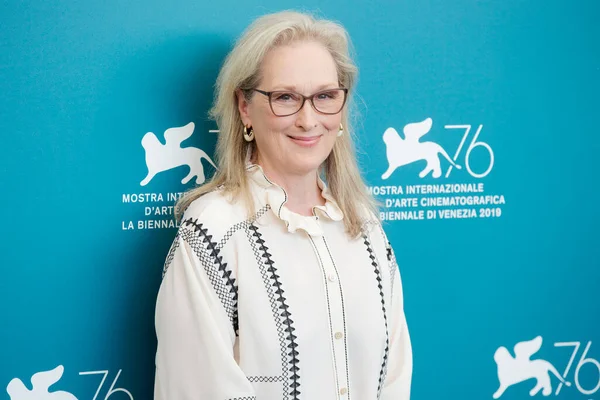
Film mirrors and influences what society perceives about women and aging. Each time a young actress plays the mother of a man her own age, it perpetuates a cycle that suggests men are desirable forever and women have an expiration date. But thanks to voices such as Swasika’s, Emma Thompson’s, and Meryl Streep’s, the script is slowly being rewritten. The more these exchanges occur, the more we see women on screen as they exist in life: multifaceted, competent, and ageless in their charm.


